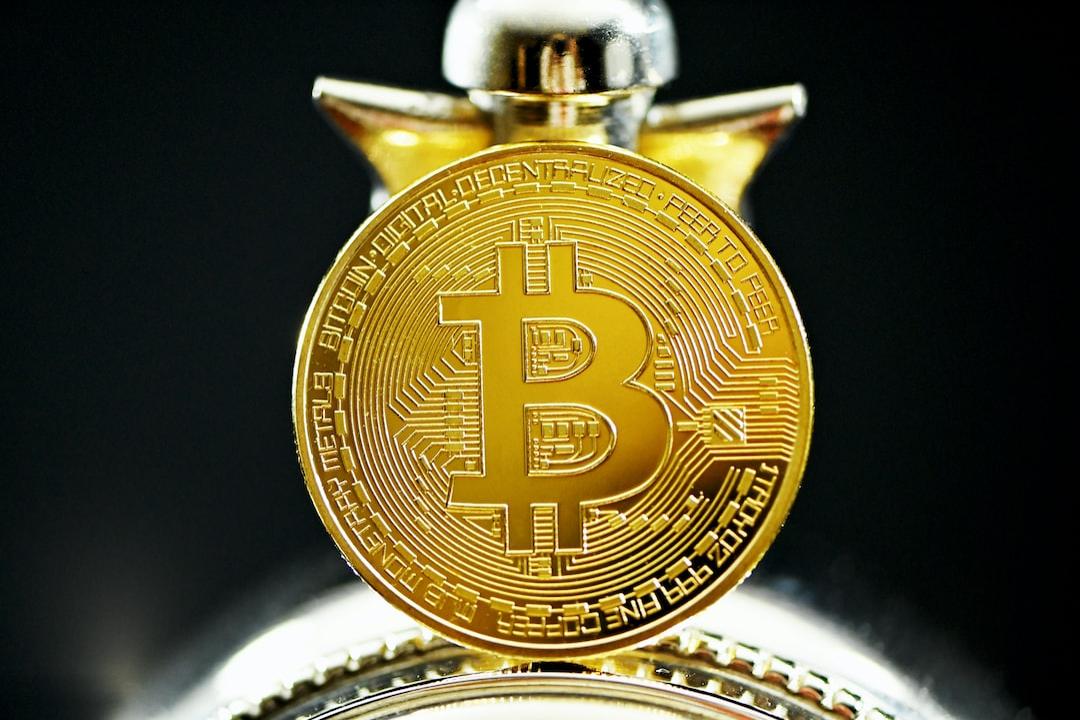The demand for the latest Bitcoin investment products is slowing down following the fourth “halving” event of the world’s first cryptocurrency. Spot Bitcoin exchange-traded funds (ETFs) became a benchmark for institutional investments in Bitcoin (BTC) after their launch in January 2024. Within a few months of their launch, the 11 spot Bitcoin ETFs approved by US regulators managed over $13 billion in inflows. This achievement took gold ETFs several years to accomplish. At their peak, spot BTC ETFs saw up to $1 billion in daily net inflows as institutional investors shifted their investments from the Grayscale Bitcoin Trust (GBTC) to the new ETFs.
The Bitcoin halving, which occurs roughly every four years and reduces the block reward for miners by half, is considered a significant event in the Bitcoin timeline. This reduction in rewards, combined with the high demand for BTC through ETFs, led many experts to predict a supply shock after the halving on April 20. However, despite consecutive net positive inflows to Bitcoin ETFs in the weeks leading up to the halving, the demand for these products now seems to be slowing down.
Geopolitical tensions and the decline of the SPX and Nasdaq are believed to be the reasons behind the recent outflows from BTC ETFs. These ETFs are considered an alternative investment or a smaller part of traditional finance investment portfolios. The current situation may be a result of portfolio rebalancing and reduced exposure to high-risk assets. However, Jag Kooner, head of derivatives at Bitfinex, believes that demand for ETFs will pick up after the halving as market conditions improve.
The high demand for spot BTC ETFs and the heavy buying from institutional giants like MicroStrategy led many analysts to predict a post-halving supply shock. Some even speculated that BTC reserves on exchanges could dry up within six to nine months of the halving. However, by the third week of April, ETF demand had slowed down and turned into consecutive net daily outflows. Despite this, open interest in BTC options has increased, suggesting that buy-and-hold investors are waiting on the sidelines while volatility-focused investors take their place.
While some experts are optimistic that BTC ETF demand will reach new highs as market conditions improve after the halving, it is important to note that ETFs are available to both institutions and retail investors, making it difficult to determine their impact on the market in the short term. The notion of a post-halving supply shock was prevalent for most of February and March, but the recent passive flows in ETFs and the decline in BTC price have caused many to reconsider this theory in the short term. Nonetheless, there is still hope that ETF demand will rebound as market conditions stabilize.

